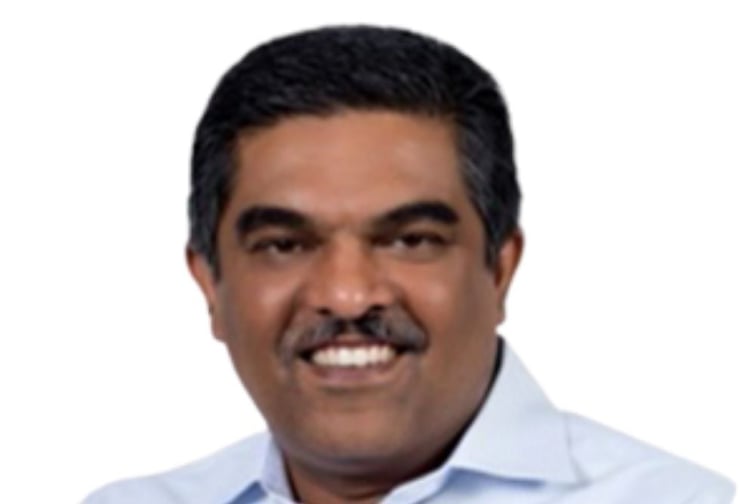

Duck Creek Technologies is more than 20 years old, meaning it launched years before newer insurance technology companies came to be known as insurtechs. Still, CTO Nag Vaidyanathan (pronounced “Nog”) uses the modern name to describe his company.
Vaidyanathan (pictured) said the contemporary term fits.
“The way we do our work, we’re continually looking at changing technology landscapes,” Vaidyanathan said. “We are looking at what insurers need … [and] offering capabilities, and experiences that build on their digital transformation journeys.”
More than 1,700 people work for Duck Creek around the world. Vaidyanathan oversees about 600 of them in the operations, engineering and design architecture realms.
He’s been in the job for close to nine months, bringing with him years of technology experience from stints at banks such as OneMain Financial and Denmark’s Danske Bank. He was also a tech executive for years at Allstate, holding positions with increasing responsibilities during his time there.
His current duties include being accountable for Duck Creek and how it builds products. He also looks at partnerships and “solution partners” that can maximize the benefits of Duck Creek’s software and services. He trusts company engineers to handle details in terms of building and maintaining key software platforms.
In addition, Vaidyanathan is accountable for Duck Creek’s SaaS operation, making sure that the software runs properly on the cloud and assists clients in terms of scaling products or other needs.
He’s also a key point person with customers, enhancements, new features or bugs that might need fixing.
One of Vaidyanathan’s main early priorities at Duck Creek has focused on helping the company become a leader in SaaS technology (software as a service), where software is licensed by subscription and centrally hosted. SaaS is designed to be both efficient and easy. The company’s OnDemand SaaS delivery product for all Duck Creek Applications provides services, support and computing resources carriers are expected to need. Duck Creek provides core system software products and services to the P/C and general insurance industry.
“We want to make sure we provide the software changes and releases in a way that customers don’t feel is invasive,” he said. The idea is to move away from large, cumbersome software upgrades that can take a long time to implement, with an eye on the cloud to keep things easy.
In updating or modernizing systems and programs, Vaidyanathan believes in making sure these processes are non-invasive for customers. Moving to the cloud has made that easier to accomplish, he said.
“Move to the cloud and deploy changes where the upgrades are not invasive and costly and mistake prone … in a way that our users of the software don’t have to go through these changes in a negative way,” Vaidyanathan said. “That’s one key objective for us.”
Vaidyanathan said the repeatability of a piece of software is something that always catches his attention. Translated, this means a program is adaptable, usable and can be integrated as a result. At the same time, that same ease of use can also create difficulties, he said, leaving users to apply technology for the wrong purpose or by mistake.
“You could do things that are not the right thing to do … [for example] signing something you’re not supposed to sign” via electronic signatures because the option was readily available, Vaidyanathan said.
Good technology officers try to take into account the wrong steps folks can pursue while using computer platforms, he added.
“That creates guardrails for how we build what we build,” Vaidyanathan said.
Vaidyanathan recommends tech executives consider carefully how they hire, or engineer work systems in a post-pandemic world, where working remotely has become the norm rather than an exception.
“That is something each of us as CTO should really think about in terms of talent development, retention and growth of our own people,” he said.
More words of wisdom: tech officers don’t have to build everything from the ground up, and they shouldn’t. Vaidyanathan recalled in previous tech exec positions he’d help oversee technology transformations where the focus was on building an entirely new system. Things are much different today, he explained.
“Today you need to know what the puzzle looks like, the pieces that make it up and then you don’t have to build every single piece,” he said.
That may be the case, but tech executives also have to conduct a detailed lifecycle management of their tech stack, because technology changes quickly, Vaidyanathan noted.
“There’s a lot of change happening at a rapid pace,” he said. “It’s better to keep it as fresh as you can so you won’t have to have a huge learning curve for people.”
